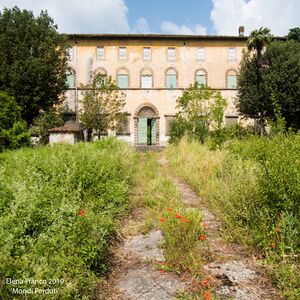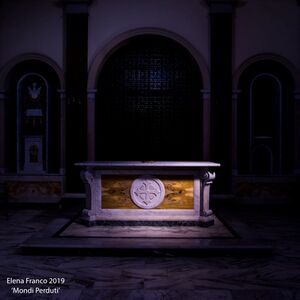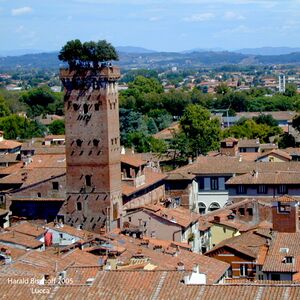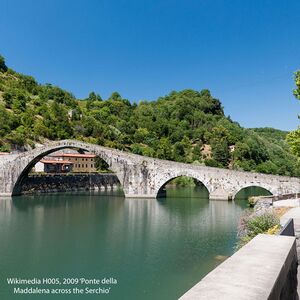LED2LEAP Intensive Programme Lucca 2022
Documentation
Strategic partnership for the reuse and social valorisation of dismissed cultural heritage of religious communities in Lucca, Italy, from July 25 - August 3, 2022.
Introduction
The first LED2LEAP intensive program will be held in the Tuscan Region of Lucca, Italy in from July 24 till August 2, 2022. Participants there will have the opportunity to apply through practice the methods and tools they’ve learned during the online course. Over the course of the intensive program, participants will have the opportunity to meet with the municipality, key stakeholders in the area and engage the citizens of Lucca. This is a chance to absorb, organize and develop local knowledge by working it into the planning and design of the future democratic landscape. Which processes can be activated to bring the local communities into the democratic development of a dismissed heritage? What tools are best applied to the challenge at hand?
Ex Monastery of St. Augustin as a School of Democracy
Located around 5 km away from the city centre, the monastery is currently owned by the Augustinian Cloistered Nuns of Cento (Ferrara), who once lived there. In 1860, the cloistered Augustinian community of Lucca bought this building, transforming it from a Renaissance villa, as it was, to a monastery. In the 1920’s, the sister of composer Giacomo Puccini became the abbess, head of the monastery, so he often visited the monastery, teaching choir to the nuns or playing music. A kindergarten was also built on the grounds in these years, bringing together nuns and local families. During the second world war the monastery hosted refugees in some of the apartments and a few Jewish residents inside the monastery itself, protected by the nun’s attire. Following the Council Vatican II, the kindergarten was closed and the nun’s started a life of prayer and silence. In 1999 the religious community, reduced to only five nuns, left the monastery to join the community of Cento and the building remained unused till 2017, when the nuns turned to the Ghirardacci Study Centre, asking for help to identify strategies for valorising and reusing the space. Since then, some urgent restoration work has begun on the outward facing portions towards the street. Many events have been organised to start the process of once again engaging the local community bringing them into the life of the ex monastery, such as a series of public open days and an interdisciplinary workshop in summer 2019.
Landscape challenge in Lucca
Monastery of St. Augustin: This ex monastery can be seen as a key case study at a European scale. Religious communities hold a wide heritage of material goods and intangible memories, yet it’s projected that around 60% of monasteries in Italy will be abandoned within the next ten years due to vocational deficiency. It’s readily apparent how the dismissed heritage of religious communities will soon become an urgent topic in landscape planning. Can a monastic fence become the training ground for a democratic development? Is it possible to analyse a monastery as a common good and fulfill the combined needs of the stakeholders’ community with theses spaces? Moreover, would this process be self sustainable over the long term? This intensive program aims to develop new visions for a regeneration process through the participatory involvement of program participants and local stakeholders.




